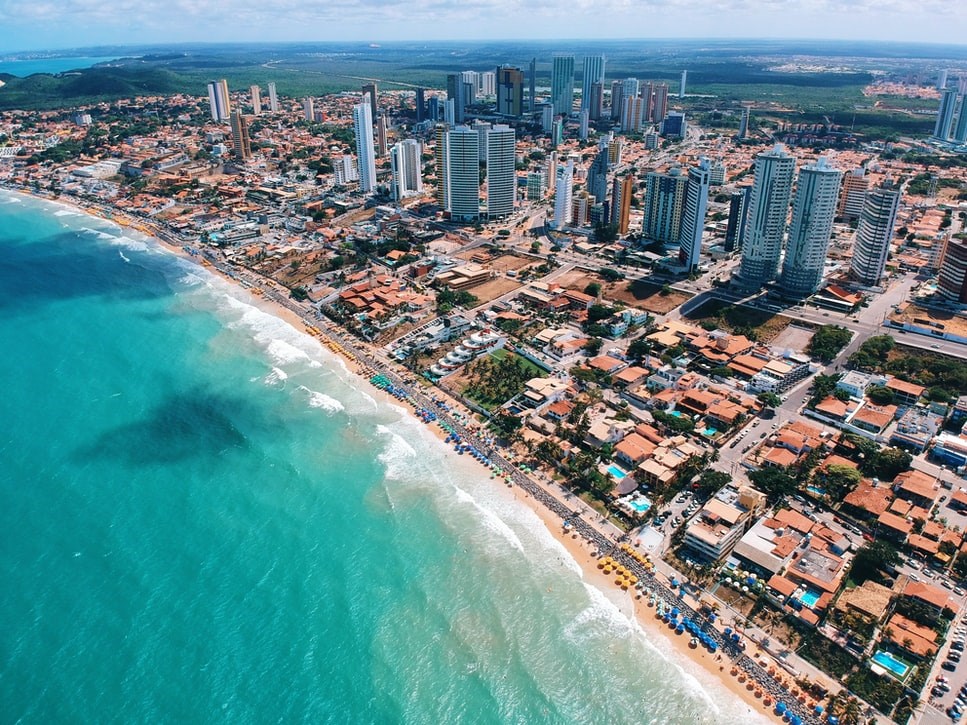
Emerging markets’ earnings per share multiples have given investors a pretty wild ride over the last decade. But dividends have been very steady and growing.
It is said about Brazil that it is perpetually the country of the future, recalls Aidan Garrib, head of global macro strategy and research at Pavilion Global Markets. Although the country has great economic, geographic and demographic potential, it never seems to materialize. “These days, the refrain aptly applies to emerging market equities,” he says, adding that the bulk of returns since 2011 have come from dividends.
Garrib describes how volatile price-earnings multiples have been since 2011. After moving deeply into negative territory from 2011 to 2015, they then rebounded just as far into positive territory for the next two years, then dipping again for about 15 months. After another negative bout corresponding with the Covid onslaught, P/E multiples shot way up to 80 in 2021, then retrenched to 22.6 at the end of June. All through this roller coaster ride, dividends have very steadily increased, moving from zero, in the reference year of 2011, to 28.7 at the end of June.
Dividends Point the Way
The earnings story is very cyclical, and very much linked to the economic outlook of China and of the world, notes Garrib, resulting from the heft of Chinese growth stocks in the index. “However,” he continues, “the lofty expectations baked into the multiples are starting to unwind as the outlook for Chinese growth stocks darkens amid regulatory crackdowns and Western scrutiny. What is worse is that there hasn’t really been a structural improvement in earnings-per-share over the last decade. Emerging markets might be the future, but the future increasingly looks like it’s comprised of dividends.”
Currencies are another crucial component in emerging markets stocks and dividends, points out Drummond Brodeur, global strategist at CI Global Asset Management. “A lot of money follows what happens to the U.S. dollar. A weak dollar will lead to stronger EM currencies. Stocks come with a higher volatility and risk of currency, and that reflects in valuations.”
Garrib agrees. “When the dollar is weak, there’s more juice to earnings-per-share, debt service costs decrease, commodity prices profit and growth picks up. A strong dollar subdues all that. Yes, the dollar cycle is important, but it’s only one part among many others in the general picture.”
Yields like Canadian Income
Presently, emerging markets dividends are substantial, indicates Garrib, standing at 2.52% for the iShares MSCI Emerging Markets ETF (EEM), and averaging 1.51% for the last twelve months. That compares favourably to a present dividend yield of 2.7% for a BMO ETF (ZCN) that follows the TSX index, notes Alfred Lee, portfolio manager and investment strategist at BMO Asset Management, who also points to a present 1.2% yield for the S&P 500.
Emerging-market companies, like their Canadian counterparts in the banking sector “tend to have very stable dividend payouts, says Lee. Most Canadian banks haven’t cut their dividend in over 100 years. In the U.S., companies tend to adjust their dividends depending on economic conditions.”
Income in Russia, Growth in Asia
Brodeur acknowledges that dividends in emerging markets are stable. In some countries, they are even quite high, notably in Russia and in Brazil, where they stood at 4.82% and 4.56% by the middle of August. “But is that where you want to be, he asks? Presently, the emerging market yield is the same as the Canadian one, but you don’t have any currency risk in Canada.” However, some less risky destinations, like Singapore and Taiwan, present yields of 4.27% and 2.66% respectively, while cross-country sectors, like real estate and energy, respectively show yields of 5.05% and 4.45%.
Lee prefers to invest in EMs for growth, not for dividends. “Emerging markets countries tend increasingly to be growth-oriented with technology companies that don’t necessarily pay dividends. In Russia and the Middle East, you have more mature companies that do pay higher dividends. But emerging countries are in a transitional stage with a lot of new economy companies, mostly in Asia, and those companies definitely don’t pay dividends.”








.jpg)











